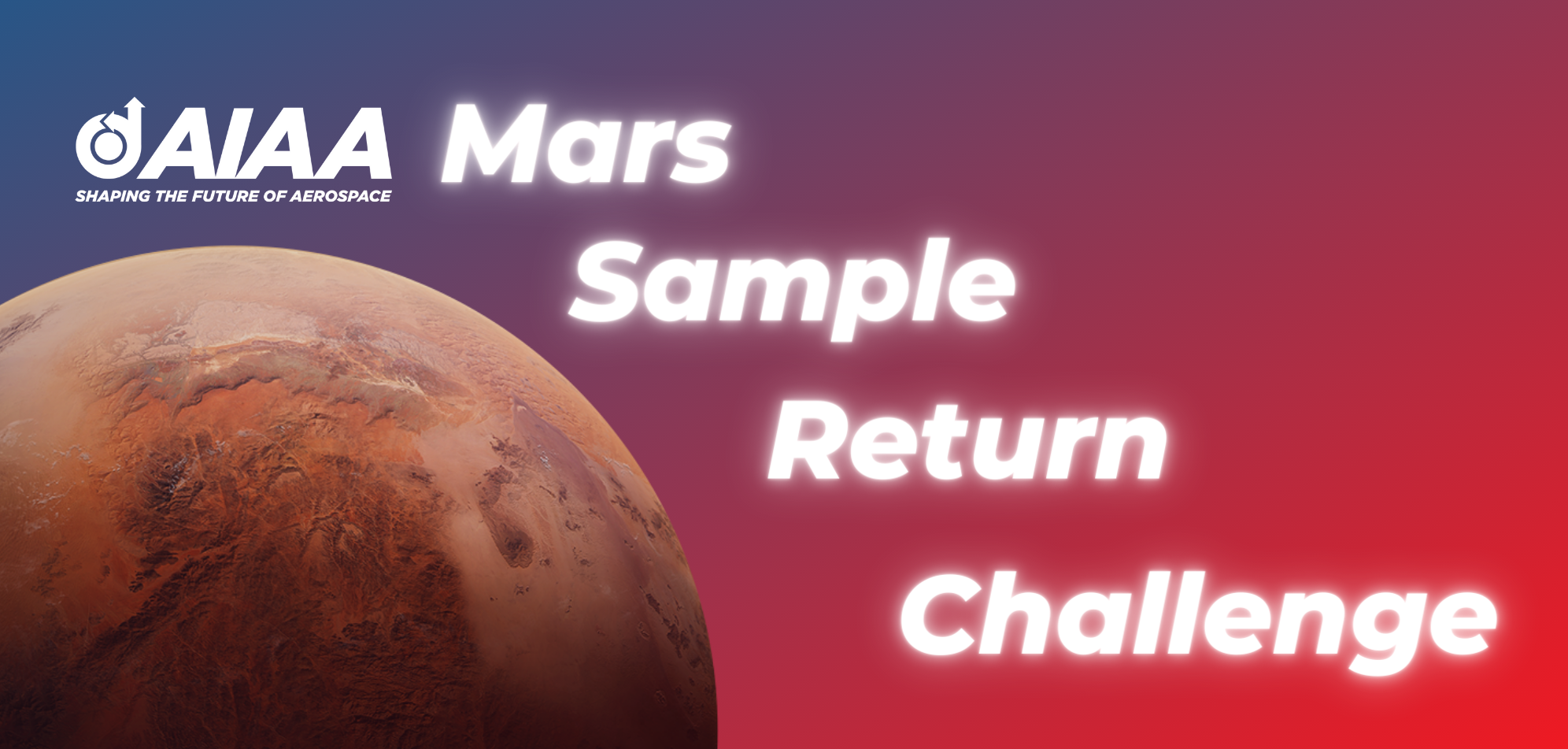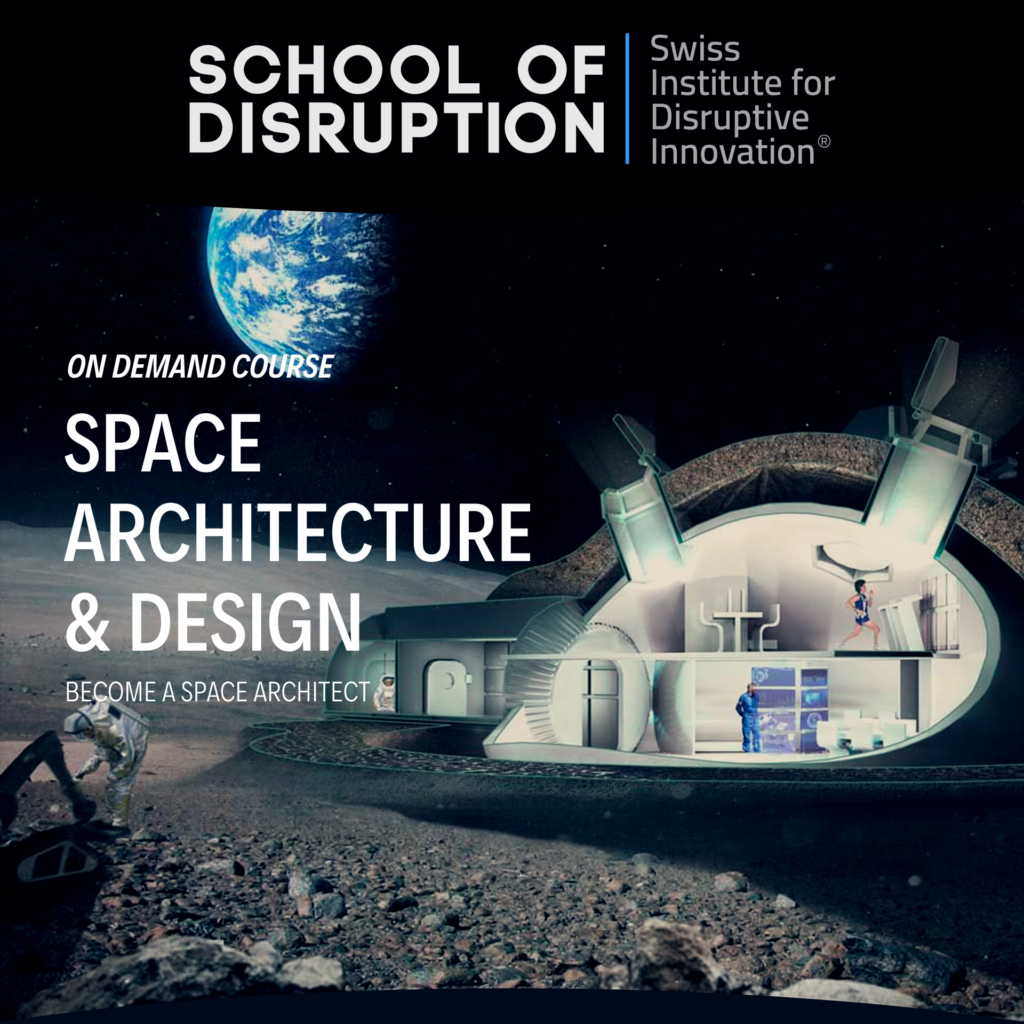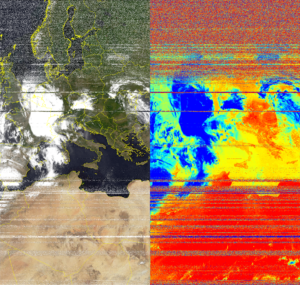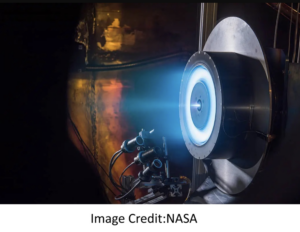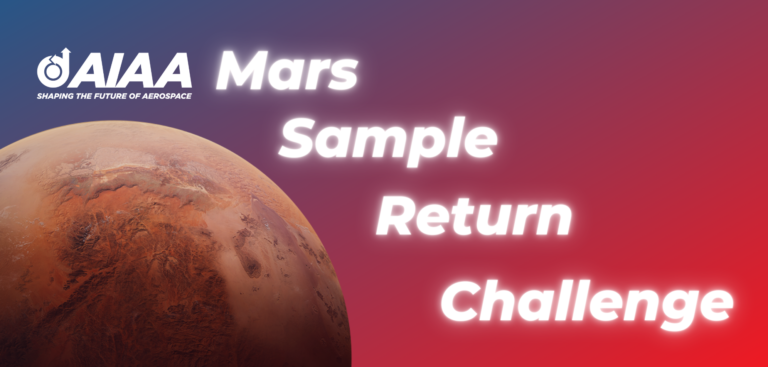
As you may have noticed on our social pages, the American Institute of Aeronautics and Astronautics (AIAA) is seeking for innovative Mars Sample Return mission projects designed by Bachelors.
As PoliSpace is the right framework for developing this kind of challenge, we decided to form a crew of 10 people to reach Mars.
Our Human Resources department has currently cleared the selection process. After choosing two project managers, the master students Vishnuvardhan Shaktibala and Nicola Tisi, we hired other 7 members among more than 70 bachelor students.
PoliSpace team, with the support of the Aerospace Department of Politecnico di Milano (DAER) in the person of prof. Mauro Massari, will design a detailed robotic system to land on the martian surface, identify martian ice deposits, collect some samples and bring them back to Earth.

